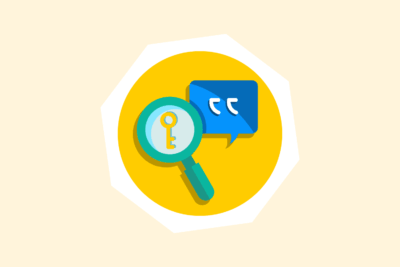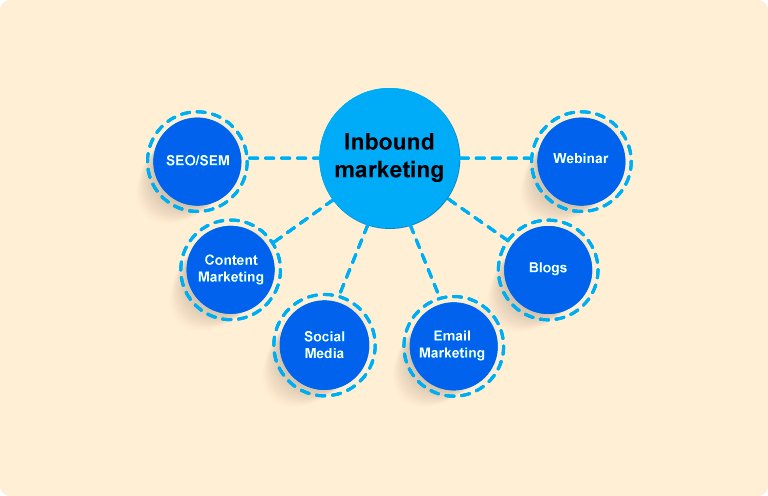Google’s official helpful content checklist: what can you do with it?

Google regularly publishes guidelines to help Web site owners write better content. One of the most valuable documents in recent years is the helpful content checklist. This checklist is designed to help you take a critical look at your own content and determine whether it is truly valuable to the user. How do you translate such a checklist into concrete improvements? I explain it to you.
What is the helpful content checklist?
This checklist from Google consists of questions to help you assess whether your content is relevant, reliable and useful to readers. The goal is simple: create content for people, not for search engines. Emphasize expertise and authority.
Show that you know what you are talking about. You do this by writing in-depth texts and being comprehensive. Cover one topic in such a way that the reader need look no further. Also ensure relevance to your target audience. Write texts that address the questions, concerns and interests of your audience.
By paying close attention to the points on the helpful content checklist, you’ll get a clear picture of your content’s strengths and weaknesses. (1)
Why this checklist is important for SEO
The checklist is not based on an algorithm and has no direct “ranking factor. Yet it does affect your SEO, because the principles in the checklist correspond to the way Google recognizes quality. This is relevant today not only for traditional search results, but also to be included in AI-generated answers.
When your content meets this checklist, you increase your chances of higher rankings.
Content that is relevant, clear and complete aligns better with search intent, which both users and search engines appreciate.
Also provide better user signals. Commit to increasing the reading time, interaction and number of returning visitors. This indirectly contributes to your SEO performance. In addition, clear, well-structured content is more likely to be included in AI summaries and knowledge panels.
How to use the checklist practically
The power of the checklist is not in going through it once, but in integrating it into your content creation process. You do this by reviewing your
Also use the checklist to check your content after the fact. Put the checklist next to your already written articles and identify which pages need improvement.
Have everyone who writes or optimizes work with the same quality standards so that the output remains consistent.
This approach makes the checklist a structural tool rather than a stand-alone part of your content creation process. (2)
How that works in practice, the following case shows.
Getting started with SEO? Feel free to get in touch.

Higher rankings through content that really helps
For years, a software company in the B2B sector published blogs written primarily based on keywords. The articles scored well in terms of search terms with high search volume, but visitors quickly dropped out. After going through the helpful content checklist, we discovered that many pages were not really valuable. The texts were too general and lacked depth.
We rewrote the content with the target audience’s questions and pain points in mind. Each page was given one clear goal: the text had to be primarily informative. Within four months, the average time on page increased by 38% and the number of organic sessions increased by 27%. Google ranked the pages higher, but more importantly: customers stayed on the site longer and returned more often.
Common areas of improvement exposed by the checklist
When I use this checklist when writing content, I often see the same areas for improvement come back:
- Too superficial content: Topics are touched on but not fully covered.
- Too much focus on keywords: If you overuse keywords, the text reads unnaturally and offers less value. (3)
- Lack of clear evidence of expertise: Always cite your sources, use case studies or write a piece about yourself so your readers know who they are dealing with.
Paying attention to these points noticeably increases quality.
The checklist in an AI search environment
Increasingly, take into account AI search engines such as Google SGE and ChatGPT. These systems select passages that are clear, complete and informative. That means a page that scores well on the helpful content checklist is better suited to be included in AI answers.
Content that is AI-friendly also tends to be more pleasant to read. In fact, crawlers are also paying more and more attention to readability. A clear structure, logical structure and relevant details ensure that both the user and the AI model quickly understand what the page is about.
Summary
Google’s official helpful content checklist is not a list you check off step by step, but a framework for creating structurally better content. By using it as a regular part of your content creation process, you not only improve your chances in traditional search results, but also your visibility in AI-driven search engines. With relevance, authority and a good user experience becoming increasingly important, this checklist is one of the most practical tools to employ.
Frequently asked questions about the helpful content checklist
Google’s checklist often raises questions: what exactly does it measure, how do you use it effectively and what does it mean for SEO? Below I answer the questions I get most often from clients and marketers.
Do I have to follow the checklist to the letter to rank better?
The checklist is not an algorithm, but a guideline. The goal is not to tick it off, but to structurally write better content that really helps people.
What is the biggest benefit of working with the helpful content checklist?
By doing so, you create higher quality content. By using the checklist at every stage of the content creation process (before, during and after publication), you improve both the user experience and the chances of search engine visibility.
Does the checklist also help with AI search results, such as Google SGE or ChatGPT?
AI systems select content that is complete, clear and reliable. If your pages meet the points on the checklist, it increases the likelihood that they will be included in AI responses.How often should I check my content against the checklist?
It’s best to keep the checklist next to your texts once a quarter. After all, SEO and user behavior change quickly. Reviewing it periodically will keep your content current and relevant.
| # | Source | Publication | Retrieved | Source last verified | Source URL |
|---|---|---|---|---|---|
| 1 | Creating Helpful, Reliable, People-First Content | Google Search Central | Documentation (Google for Developers) | 22/09/2025 | 22/09/2025 | 14/10/2025 | https://developers.googl.. |
| 2 | Follow our content audit process (Template included) (SEO Blog By Ahrefs) | 23/06/2025 | 23/06/2025 | 10/10/2025 | https://ahrefs.com/blog/.. |
| 3 | What Is Search Intent? How to Identify It & Optimize for It (Semrush Blog) | 21/11/2024 | 21/11/2024 | 05/10/2025 | https://www.semrush.com/.. |
- Google for Developers. (22/09/2025). Creating Helpful, Reliable, People-First Content | Google Search Central | Documentation. Google for Developers. Retrieved 22/09/2025, from https://developers.google.com/search/docs/fundamentals/creating-helpful-content
- Hardwick, J. (23/06/2025). Follow our content audit process (Template included). SEO Blog By Ahrefs. Retrieved 23/06/2025, from https://ahrefs.com/blog/content-audit/
- Silva, C., Skopec, C., Fogg, S., & Scheumann, S. (21/11/2024). What Is Search Intent? How to Identify It & Optimize for It. Semrush Blog. Retrieved 21/11/2024, from https://www.semrush.com/blog/search-intent/






